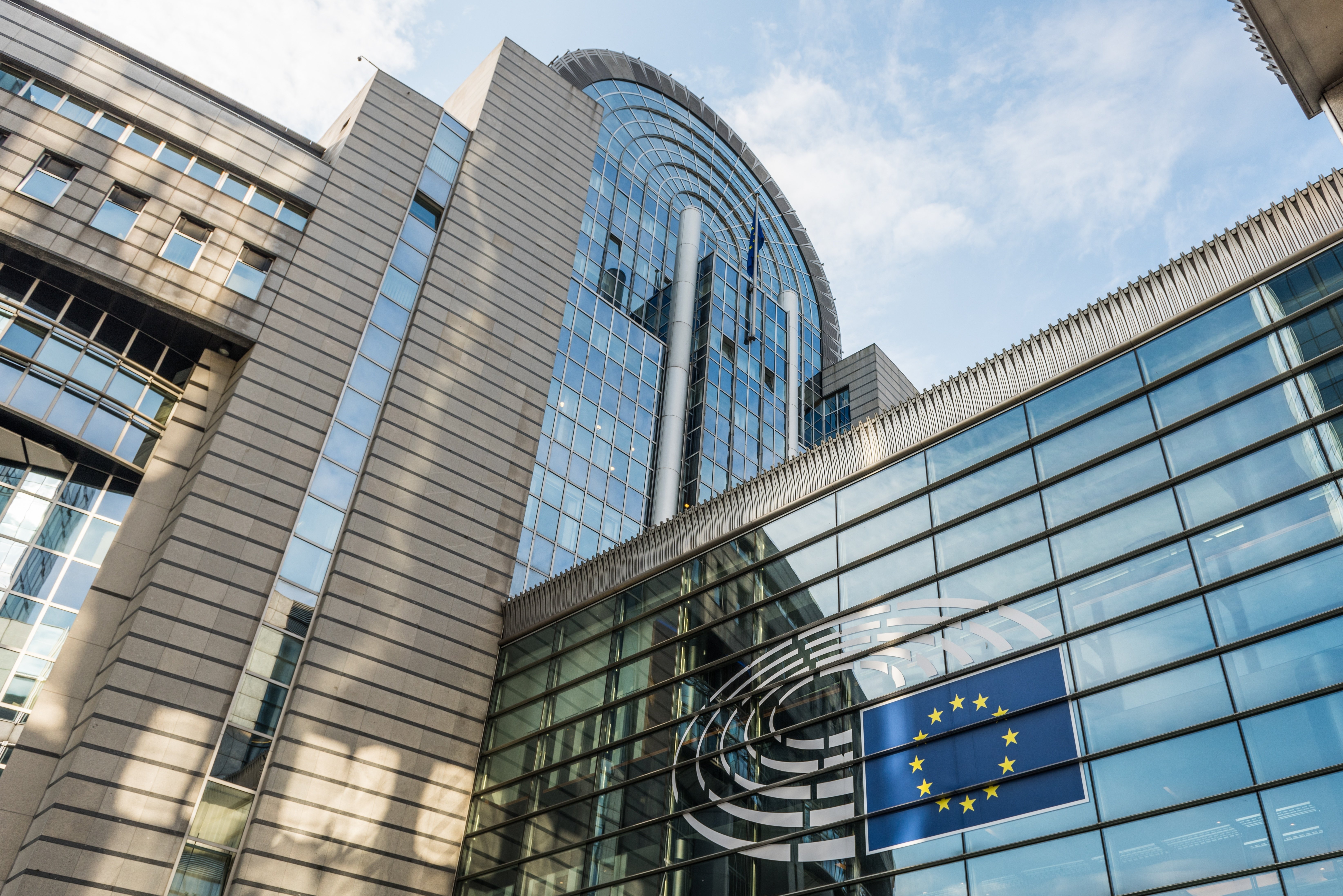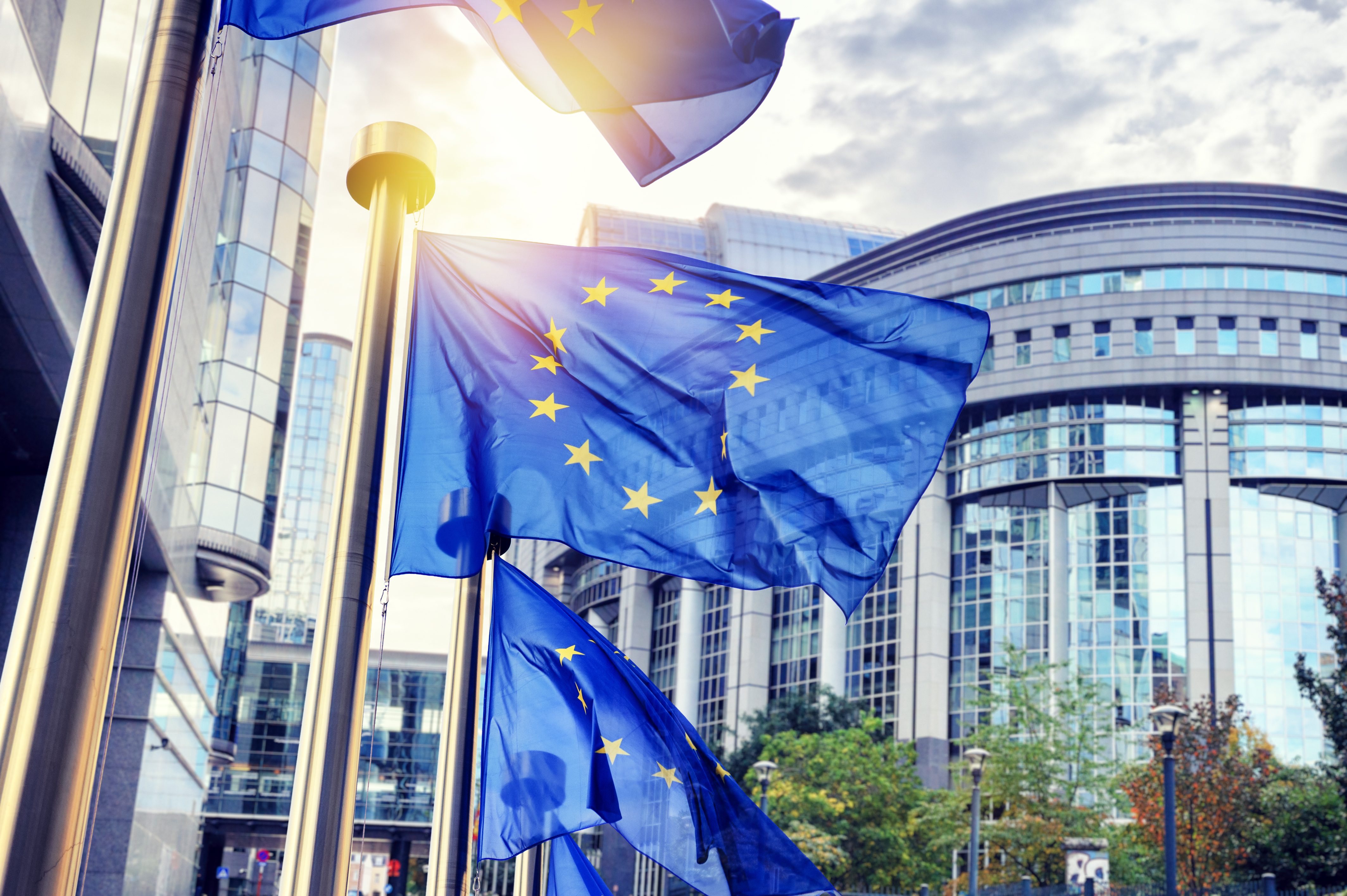What will business taxation look like in 2030?
by Inline Policy on 07 Jun 2021
The European Commission’s ambitious new Communication on Business Taxation for the 21st century outlines its strategy on tax policy and gives an overview of the initiatives to watch out for. It aims to achieve an efficient, fair, and sustainable tax framework and focuses on changes due to digitalization. How will EU policymakers shape tomorrow’s business environment? What are the stakes for the private sector? In this blog, we explore the future of business taxation and the major changes to expect.
Addressing four major challenges in the future of taxation
The Commission’s taxation strategy addresses four challenges:
1. Climate-change and environmental degradation
Leading the way to a more sustainable world remains the first priority of President Ursula von der Leyen’s mandate. The Commission recognises the need for behaviour-changing, climate-friendly taxation. In addition, the green transition toward climate-neutrality by 2050 will require major funding. The new tax system will support this transition, described by the Commission as ‘vital’.
2. Tax avoidance and digitalization of the economy
Another tax challenge is the increasing digitalization of the economy. By 2030, many businesses will have transitioned to digital platforms and will have access to greater numbers of international customers making physical presence an obsolete criterion for business taxation. To address these issues, the Organization for Economic Co-operation (OECD) has been working on a new international tax framework, that will ensure that all businesses pay a minimum level of tax and that these taxing rights are not exclusively linked to their country of establishment. Two major reports were published in 2020. The EU supports the work of the OECD, but the new taxation system will still have to be implemented in the EU.
The Commission aims to fight tax avoidance, particularly through the abusive use of shell companies. Losses due to corporate tax avoidance are €35-70 billion a year. Measures thus far have failed to make any impact against such practices.
3. The need for new own resources
Following the Covid-19 pandemic, the EU will provide significant financial help to countries and regions that have been adversely affected. In May 2020, the European Commission revealed its recovery instrument, Next Generation EU, with recovery funds of 750 billion euros. These funds will be borrowed by the Commission and will have to be repaid by 2058. The reimbursement of the funds raised on the capital markets will start in 2028. To do so, the European Union will need new own resources, as its current revenues do not allow for such expenses. Proposals for new EU-level taxes will be a new source of revenue for the Union.
4. A decreasing working population
By 2030, the EU’s working population will be in decline. While in 2019, the working-age population was 59% of the EU population, it will only represent 51% of people by 2070. Labour taxation will thus be less able to meet public financing needs.
Towards a new framework
In the light of these challenges, the Communication proposes new solutions to adapt the current framework to today’s business ecosystem.
New financial levies
To meet the financing required by the Recovery Plan, the Commission will table proposals in July 2021 on new own resources are the main source of revenue for the European budget. Future proposals will include a digital levy and climate laws. These new own resources will thus be in line with the aims of the Digital and the Green transition, as they will create tax incentives to adopt more climate-friendly practices and adapt to the digitalization of the economy.
Supporting the transition to a green economy
Several tax initiatives will use the ‘polluter pays’ principle as part of the proposals on new own resources. By doing this, the Commission aims to direct the European tax mix towards more behaviour-changing taxation. These include a Carbon Border Adjustment Mechanism, a revised EU Emissions Trading System, and a revised Energy Taxation Directive, all expected in July 2021. The Tax Symposium on the ‘EU tax mix on the road to 2050’, due in 2022, will contribute to the debate on changes to the tax mix. The shift to environmental taxes should decrease dependence on labour taxation.
Adapting to the digital era and reinforcing transparency
Along with the digital levy, the Commission will implement proposed OECD reforms on international taxation. Pillar 1 ensures that taxing rights on the business profits of multinationals are linked to their activities instead of their physical presence; and Pillar 2 sets a minimum level of tax. The Commission’s proposals should be released in 2022.
But the EU aims to go further than that, introducing a new framework for income tax, to replace the now abandoned Common Consolidated Corporated Tax Base (CCCTB). The framework, called Business in Europe: Framework for Income Taxation (BEFIT), will consolidate multinational companies’ profits and reallocate them between the Member States. BEFIT would constitute a single corporate tax rulebook with a common tax base. It still has to go through the legislative process and be approved by the Council, where dissensions might arise. The Commission will table BEFIT in 2023.
The Commission will introduce new policies to ensure that companies have a substantial presence in a country. They might be required to report information so that tax authorities can assess that they have a ‘real economic activity’ in the country. Two proposals will be published: first, a proposal on Union rules to neutralise the misuse of shell entities, expected at the end of 2021; and second, a proposal to publish effective tax rates paid by large companies, based on the methodology under discussion in Pillar 2 of the OECD, by 2022.
Creating a business-friendly environment that promotes innovation
The challenge for the Commission will be to ensure that these reforms do not lead to additional constraints for businesses. To this end, the new tax framework promotes digitalization, innovation, and entrepreneurship, while completing the Capital Markets Union. In addition, new taxation measures will be taken to address the debt-financing bias. This is where the current tax framework, which allows for tax deductions of interests on debts, has incited companies to accumulate debt. This trend has increased during the COVID-19 pandemic. The Commission now wants to reverse the trend and promote equity-financing by making a legislative proposal on a Debt Equity Bias Reduction Allowance in early 2022.
All these actions, once adopted, could contribute to the deepening of the Single Market, allowing companies to offer their services across borders in a more fluent way. The Communication on Business Taxation sets ambitious goals and reflects the current and ongoing shifts in today’s economy, such as digitalization and the increasing need for climate-friendly and transparent business practices. This will represent a challenge for companies who will need to adapt to this new regulatory environment by making their own transition.
Topics: European Politics, Digital Single Market, Tax, EU






Comments